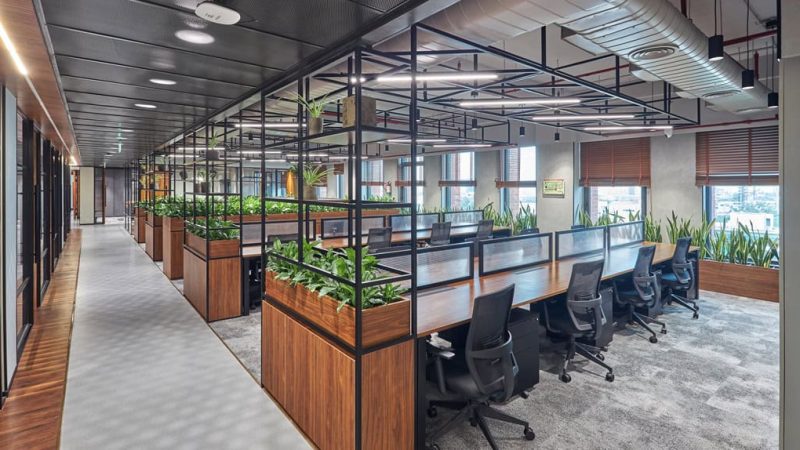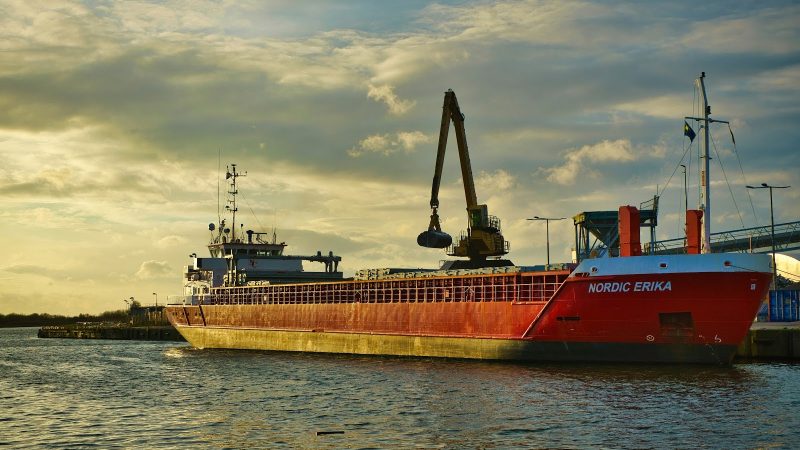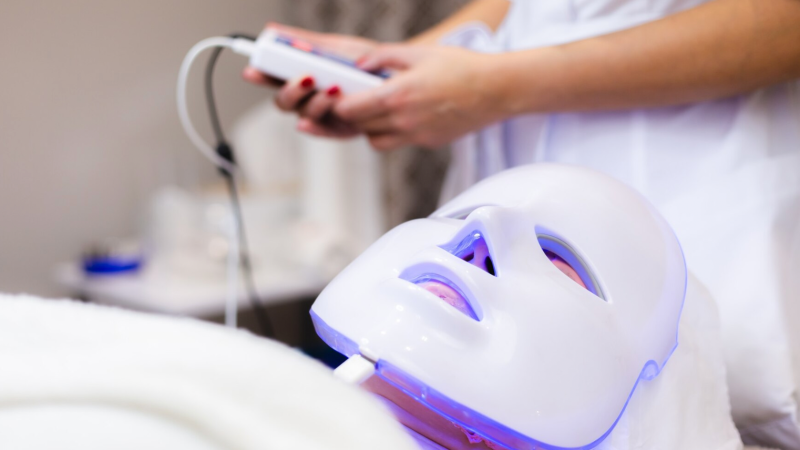Own a Planted Aquarium- A Beginners’ Guide to Set up


Aquariums are dream decors for any person who wants to create pious aesthetics for home. An aquarium creates a natural look in any place with all the colourful beauties swimming inside it. It holds lives and generates energy for our lives. A freshwater aquarium resembles the beauty of the underwater environment and helps us generate an ecosystem within our homes.
Fishes are more comfortable in an aquarium that can hold live plants. This presence of natural plantations generate oxygen and take in CO2, which is extremely helpful for any freshwater fish. The plants are live and hence, do not possess any risk of releasing synthetic colour. Beautiful lights and vibrant fishes will make your freshwater planted aquarium look artistic and fascinating.
You must be wondering how to set up a freshwater live plant aquarium in the best possible way. Don’t worry, we are here to help you out in gathering knowledge on how to set up a planted aquarium.
Types of Equipment For setting up the Aquarium
You will need a few important things to assemble your planted tank. Here goes the list:
- Different Plants (Anubias Nana, Micro Sword, Java Fern, Java Moss, Wisteria, Moneywort, Indian Waterweed and Pygmy Chain Sword)
- A glass aquarium
- Substrate for planted tanks
- Freshwater lights (LED strips)
- Driftwood
- Structure of rocks and crevices
- Power filter
- Heater
- A test kit
However, do not forget to add the little critters for whom you are designing the tank. You can add flowy finned Bettas, Tetras, beautiful Gouramis and certain Fancy Goldfishes.
Know the Process
Choosing the right place: For a planted aquarium, you need enough lighting to showcase the beauty of the plants. For this, you need to keep the tank near any electric plugin outlet and also in an area that gets enough proper shade and is less damp. However, make sure that you do not put the tank under direct sunlight for helping the plants to grow quickly. This will have a reverse impact and the tank will soon be filled with algae and face continuous temperature swings, based on change of daylight and night temperature.
Plants need a certain wavelength of light to grow and if you think putting heavy lighting will help that, then believe us it’s a strict no-no. Maintain a range for your large heavily planted tank to make the greeneries look lush.
- 25 Watts/litre (for low light)
- 50 Watts/litre (for medium lighting)
- 0 Watts/litre (for high lighting)
For a planted aquarium to exhibit its beauty, avoid keeping it in any congested room. It might face unwanted collisions with any other pet or children. Rather try keeping it in a low traffic zone with close access to water.
Cleaning the accessories: Proper cleaning of the equipment is very important as any kind of minute dirt can also hamper the aquarium life. Clean all the substrates, the entire tank, and completely avoid any kind of soap to reduce cloudiness within the tank. In order to make your plants safe addition for your fishes, you can quarantine those to remove any duckweed or pest snail. Once you are sure that all these harmful things have been removed, place the plants within the tank.
Place the tank and put substrates: Substrate is very pivotal for a planted aquarium since, in a non-planted aquarium, you can put any gravel or sand type. It is then good to proceed. However, for your planted one, you need to provide nutrients to the plants. The best you can do is to add differently sized pebbles and grains to allow organic materials to get collected within the substrate. These varying sands, rocks and gravel help to anchor the roots tightly. Keep the substrate length for almost 2-3 inches, with size range within 2-5 mm. For Sword plants or others that feed completely from root, you can use root fertilizers (if you use inert substrate).
Root Fertilizers of tablet shape are rich in nutrients like magnesium, nitrate, zinc, iron and potassium.
Once the substrate is finalized, put the tank on a proper tank stand.
Hardscaping and Filling Dechlorinated Water: Once the substrate is added, you need to put the filter and heater, adjusting the flow of water and temperature. However, do not turn them on during this stage of the process. Arrange the driftwood, bogwood, rocks everything you need to make your aquarium look unique, yet healthy.
Once done with hardscaping, you can put dechlorinated water partially within the tank. If it is a 20-gallon tank, fill 6 inches with water. Remember this water will help the plants to hold tight, however, pour slowly with a bowl to avoid demolishing pre-arranged hardscaping. A strict thumb rule to remember, is to maintain soft water with a pH level of 6.8-7.8 to help the plants grow. In case the test kit shows the pH level is high, or water is hard, you can use reverse osmosis.
Putting the plants
The most important and last, but not least work is to put the plants. Put the plants slowly on the substrate and leave them till the time they get tightened to the sand and gravel. Place roots within the gaps and then cover that with sand and gravel. The stems and roots both will become stable gradually.
If you want to put floating plants also, then do not keep that now. Once you are done with the whole setup and complete filling of water, then very minutely put the plants over water level.
The Final Touch
Generate the cycling within the tank. At first, add ammonia and gradually keep on adding 2-4 ppm every day with an increase of 1 ppm on each day. This will help the growth of beneficial bacteria. The final step comes, when you are free to add the exotic critters to your planted aquarium.
A little Note
A freshwater planted aquarium is a very good step to generate natural beauty in your home. However, to conclude, it is important to do proper research before keeping any plant or fish. Every single living being (be it a plant or fish) needs variable conditions to thrive. Make sure you prepare a healthy home and not a stressful area for your little beings.






